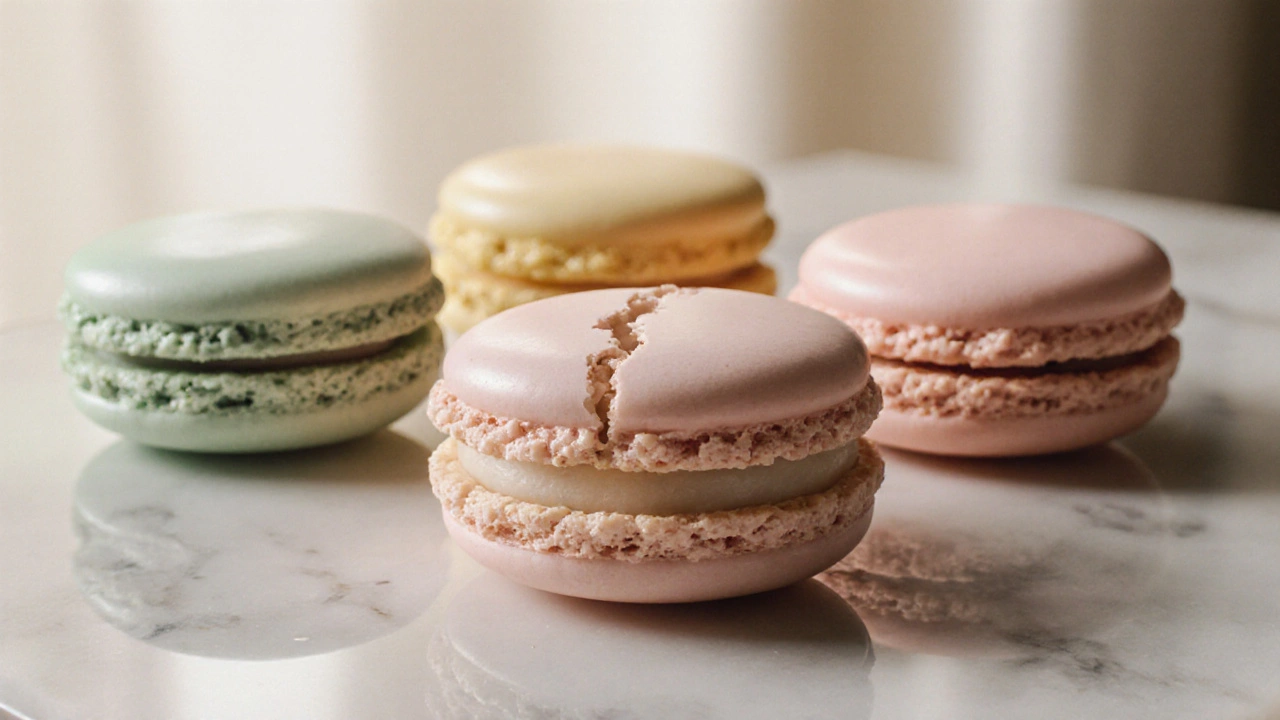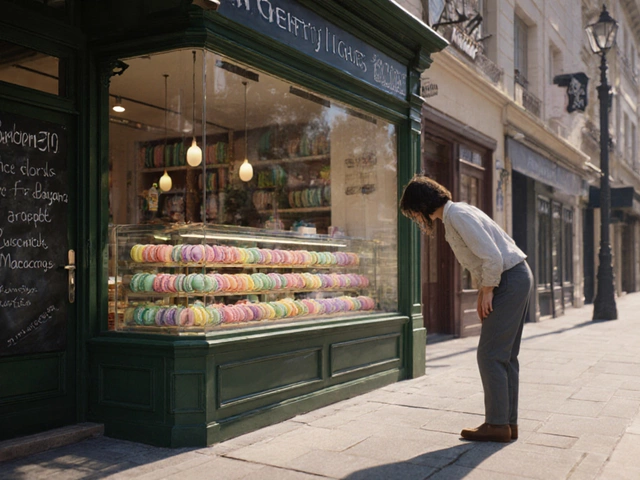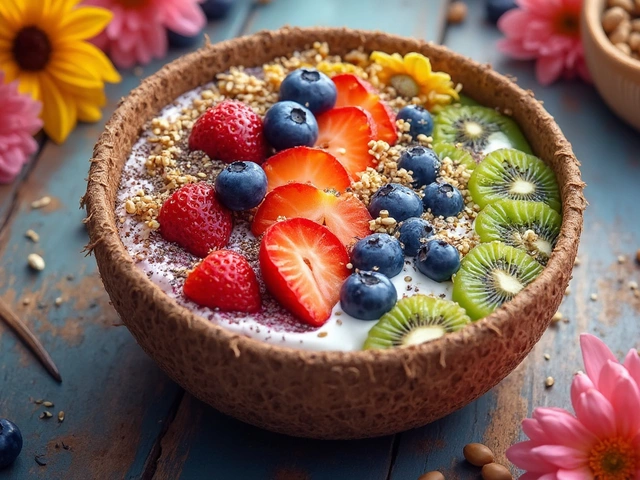Macaron Meaning: What This Delicate French Cookie Really Is
When you hear Macaron, a delicate, round, meringue‑based French pastry made from almond flour, egg whites, and sugar. Also known as French macaron, it is more than a pretty treat – it’s a tiny canvas for flavor, color, and technique. macaron meaning isn’t just about the shape; it’s about the chemistry that turns simple ingredients into a crisp shell and a chewy interior. In everyday conversation, people often mix it up with the coconut‑based macaron, but the French version has its own identity, history, and set of rules.
The foundation of any good macaron lies in Almond Flour, finely ground, blanched almonds that give the cookie its characteristic nutty flavor and smooth texture. Pair that with perfectly whipped egg whites and a pinch of cream of tartar, and you have the meringue base that defines the shell. Without high‑quality almond flour, the shells crack or turn mushy. The right almond‑to‑sugar ratio also influences how the shells rise and creates that signature “feet” at the base. A lot of bakers swear by sifting the flour twice to avoid any gritty feel.
Once the shells are baked, the magic happens with the Buttercream Filling, a smooth, sweet cream made from butter, powdered sugar, and flavorings that sandwiched between the shells. Whether you opt for classic vanilla, rich chocolate ganache, or a tangy raspberry purée, the filling balances the crisp exterior with a silky interior. The buttercream also acts as a moisture barrier, keeping the shells from drying out too fast. Flavor experiments are endless – match matcha, salted caramel, or even lavender for a fancy twist. Just remember that over‑filling can cause the shells to split, so a thin, even layer is key.
Price is another piece of the puzzle that often determines how many macarons you’ll order for a party or bake at home. The Macaron Price, the cost per piece or per dozen, varies based on ingredients, labor, and seasonal flavors can range from a few pounds for a simple bulk order to premium rates for artisanal, handcrafted designs. In 2025, many bakeries are offering DIY kits that cut the cost by up to 30%. Knowing the price drivers helps you decide whether to splurge on a boutique bakery or try a budget‑friendly recipe at home.
Key Elements of a Perfect Macaron
Beyond ingredients and cost, technique makes or breaks the final result. Aging egg whites for 24‑48 hours improves stability, while precise oven temperature (usually 300°F/150°C) ensures even baking. The “macaronage” step – folding the almond‑sugar mixture into the meringue – should produce a ribbon‑like batter that flows slowly off the spatula. Over‑mixing leads to flat cookies; under‑mixing causes cracks. After piping, letting the shells rest for 30‑60 minutes creates a thin skin that prevents spreading.
Culture-wise, macarons have moved from Parisian patisseries to global celebrations. They appear on wedding tables, birthday spreads, and even corporate events because they’re both elegant and customizable. The tiny size means you can offer a rainbow of flavors without overwhelming guests. In French cafés, a classic almond or pistachio macaron still reigns supreme, but today’s trends push the boundaries with savory herbs, cheese fillings, and even alcohol‑infused varieties.
Storage is another practical concern. Once filled, keep macarons in an airtight container in the fridge for up to a week. For longer freshness, freeze them in a single layer, then transfer to a zip‑lock bag – they’ll stay good for three months. When you’re ready to serve, bring them to room temperature for 20 minutes so the flavors fully open up.Below, you’ll find a curated selection of articles that dive deeper into every aspect we’ve touched on – from price guides and vegan alternatives to step‑by‑step recipes and troubleshooting tips. Whether you’re a beginner looking for basics or an experienced baker hunting for the latest trend, this collection has the insights you need to master the macaron meaning and enjoy these elegant treats with confidence.

What is a macaron in French? Definition, History, and Pronunciation
Learn the true meaning of a macaron in French, its history, pronunciation, key ingredients, and how to spot authentic versions.
View More




